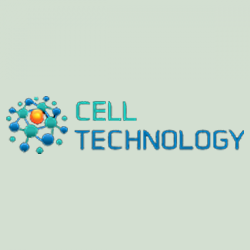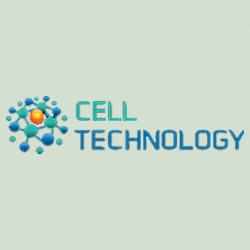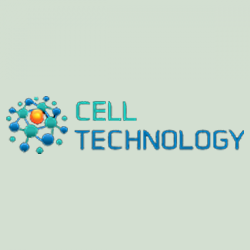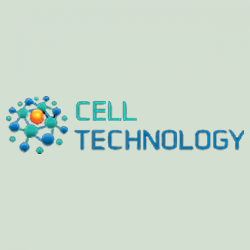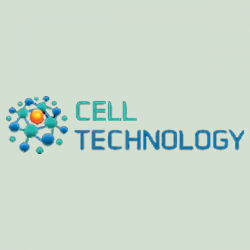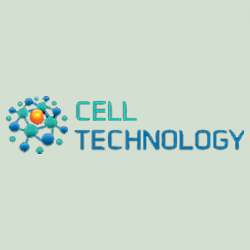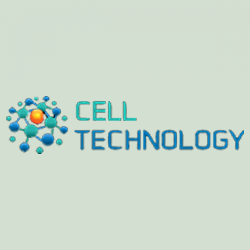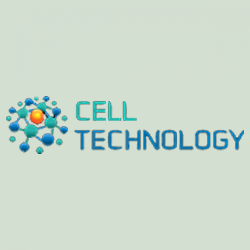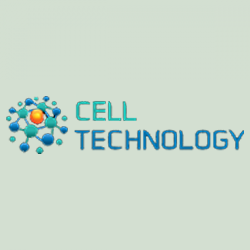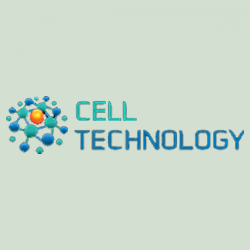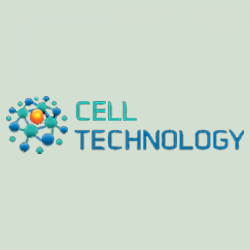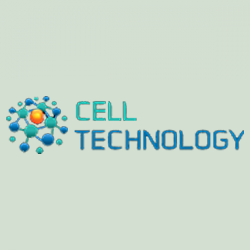Sem produtos
CELL TECHNOLOGY
-
Reagentes
- TOCRIS
- BIOTIUM
- CLOUD CLONE
- FINETEST
- KPL
- Bioer Kits PCR
- INNOVATIVE RESEARCH
- CYANAGEN
- ATLAS ANTIBODIES
- ABNOVA
- SAFE Substitutes to EtBr
- SAFE Real Time PCR dyes
- CYTOSKELETON
- BACHEM
- IMMUNOSTAR
- CELL TECHNOLOGY
- BIOWORLD
- ABBEXA
- ELK Biotechnology
- AVIVA Systems Biology
- MAGNAMEDICS Separação Magnética
- MAGNAMEDICS
- BIOMIGA
- CMA Microdiálise
- BIOPREMIER
- Substitutos para EtBr
- REACTIVOS ASTORI
-
Instrumentos
- Agitadores /Agit. com incubação
- Alimentação /Crioscópios /Osmômetros
- Sistemas automáticos
- Balanças /Autoclaves /pHs
- Bombas de Seringa /Peristálticas etc
- Bombas Peristálticas
- Bombas Pulsátil/ Centrífugas
- Banhos /Chillers /Termobloco
-
Centrífugas
- Microcentrífugas
- Minicentrífugas Vórtex
- Centrífugas Básicas
- Centrífugas Universais
- Supercentrífugas
- Rotores y accesorios para Microcentrifugas
- Rotores para Centrífugas Vórtex/Especias
- Rotores, Acessórios para centrífugas NUVE-NF400/R, NF800/R, NF1200/R
- Rotores para centrífuga ELMI CM7S-PLUS
- Rotores, Acessórios para MPW-54
- Rotores, Acessórios para MPW-55
- Rotores, Acessórios para MPW-56
- Rotores, Acessórios para MPW-150R
- Rotores, Acessórios para Centrífugas MPW-102M Universal e MPW-260, MPW-260R e MPW-260RH
- Rotores e Acessórios para centrífugas MPW-102 Science e DiagnosticMPW 102M Universal - Rotores e Acessórios
- Rotores, Acessórios para centrífuga MPW-351E
- Rotores, Acessórios para centrífugas MPW-352,352R, 352RH
- Rotores, Acessórios para centrífugas MPW-380/380R
- Cytoset Para MPW-102MS/ 102MU/ 102MD/ 352/ 352R/ 352RH
- Cabinas / Câmaras
- Culturas de células
- Detetores de Radioatividade
- Espectrofotômetro
- Estufas/ Incubadoras / Câmaras
- Equipamentos para Microplacas
- Congeladores/ Armazenamento de Amostras
- Fermentadores
- Homogeneizadores
- Leitores de Tubos
- Manejo Liquidos
- Microbiologia
- Microscopia
-
Instr. Experimentação Animal
- Sistemas Estereotaxia
- Anestesia / Respiradores
- Dor / Inflamação / Hiperalgesia
- Coordenação Motora / Atividade
- Metabolismo / Comportamento Alimentário
- Conduta / Condicionamento / Labirintos
- Analisadores de O2 / CO2
- Mostrador Automático de Sangue
- Eletrofisiologia
- Analisadores de Composição Animal
- Sistemas Animais Acordados
- Bombas Osmóticas Implantáveis RWD
- Histologia
- Microdiálise
- Purificação da água
- Ultrassons
- Bombas de Vácuo/Pressão
- PROCESAMIENTO TISULAR
- Concentracion de Muestras en Viales y Microplacas
- Documentacion de Geles y Western, Equipos Imagen
- Electroforesis
- Lamparas UV, Cabinas Visión UV, Crosslinkers, Proteccion UV
- PCR y PCR Cuantitativa
- Analizador Oxido Nitrico
-
Consumíveis
- PCR, Tubos Y Placas
- Microplacas / Fluo / Lum / Abs
- Microtubos
- Extracción en Fase Solida
- Pontas Pipetas
- Tubos / Tubos Centrífuga
- Tubos / Frascos Ultra / Supercentrífuga
- Tubos / Frascos de Cultivo
- Cuvetes Espectrofotômetro
- Vials leitura de luminescência
- Cons. Experimentação Animal
- Consumibles Congelacion
- Placas Co-Cultivo
- Downloads
- Produtos estrela
A Cell Technology foi fundada em 1998 para fornecer soluções para pesquisas acadêmicas, biotecnológicas e farmacêuticas. Seu objetivo é desenvolver ensaios exclusivos que permitam aos pesquisadores estudar as funções celulares usando reagentes que penetram na membrana celular. Este processo permite a detecção in situ de eventos celulares ou teci...
A Cell Technology foi fundada em 1998 para fornecer soluções para pesquisas acadêmicas, biotecnológicas e farmacêuticas. Seu objetivo é desenvolver ensaios exclusivos que permitam aos pesquisadores estudar as funções celulares usando reagentes que penetram na membrana celular. Este processo permite a detecção in situ de eventos celulares ou teciduais específicos, garantindo a manutenção da morfologia e arquitetura. Seu primeiro lançamento foi uma linha de produtos que deteta células apoptóticas por meio da medição de caspases ativas e perda de potencial de membrana mitocondrial. Seu catálogo foi ampliado com produtos de deteção de caspases altamente específicos, bem como para a deteção de produtos de catepsina e produtos de ELISA. A Cell Technology continuará a expandir-se com produtos com o compromisso de desenvolver reagentes exclusivos de alta tecnologia.
CELL TECHNOLOGY There are 51 products.
-
Fluorescent Hypochlorite Detection Kit
Two cell-permeable dyes hydroxyphenyl fluorescein (HPF) and aminophenyl fluorescein (APF) detect hypochlorite production in cells. Hypochlorite production is observed by increased fluorescence of APF loaded cells with no increase in HPF loaded cells.
-
Apo Active PE - Caspase 3 Detection Kit
This kit is highly specific for active human and murine. The kit utilizes a rabbit affinity-purified polyclonal antibody against aa 163-175 of murine caspase 3. Visualization of fixed samples is via a PE-labeled Goat anti-Rabbit antibody.
-
Dual Poly Caspase and Mitochondrial Membrane Potential Assay Kit
This kit utilizes a cell permeable two-color stain to simultaneously detect caspase activity and mitochondrial membrane potential (MMP) in cells. Active caspases are detected with the poly caspase probe FAM-VAD-FMK and MMP with a cationic dye.
-
Peroxynitrite Detection Kit
The kit uses a novel probe (NP3) with excellent sensitivity and specificity to detect peroxynitrite in live cells and animals. The probe readily passes the blood-brain-barrier for neurological assessment.
-
aCella - Tox - an assay designed to measure cell cytoxicity
A bioluminescence, non-radioactive cytotoxicity assay designed to quantitatively measure the release of glyceraldehyde-3-phosphate dehydrogenase (GAPDH) from mammalian cell lines or bacterial cells.
-
Apo 3/7 HTS Assay Kit
A homogenous fluorescent assay that utilizes the quenched (z-DEVD)2-R110 peptide substrate for caspase 3/7 detection. The assay can be used for high throughput screening
-
Fluoro NAD/NADH Detection Kit by Cell Technology
The kit uses a fluorescent readout to specifically detect NAD/NADH, with no reactivity with NADP/NADPH. It is suitable for use with cells and tissue from a range of sources such as animals, plants, bacteria and fungi.
-
Dual Caspase 1 and Mitochondrial Membrane Potential Assay Kit
This kit utilizes a cell permeable two-color stain to simultaneously detect caspase activity and mitochondrial membrane potential (MMP) in cells. Active caspase-1 is detected with the caspase probe FAM-YVAD-FMK and MMP with a cationic dye.
-
Fluorescent Cell Proliferation Assay
An oxidation/reduction-based reagent quantitatively measures the reducing power of living cells. The cell-permeable reagent is blue in color, but non-fluorescent. When reduced by viable cells, it fluoresces red. Read in a fluorescent plate reader.
-
Fluorescent ATP Detection Kit
ICT’s Fluoro ATP assay provides a reliable, sensitive fluorimetric assay for the quantification of ATP in biological samples., Detection of ATP in cells or tissue extracts., Detection of ATP in cell death, energy metabolism, mitochondria function., ATP measurement in ATP consuming enzymes such as Kinases and ATPases., ATP detection in Bacterial, Fungal...
-
aCella - Tox - an assay designed to measure cell cytoxicity
A bioluminescence, non-radioactive cytotoxicity assay designed to quantitatively measure the release of glyceraldehyde-3-phosphate dehydrogenase (GAPDH) from mammalian cell lines or bacterial cells.
-
Fluorescent Sarcosine Detection Kit
This kit provides a reliable, sensitive fluorometric assay for quantifying sarcosine in biological samples. A non-fluorescent detection reagent, is reduced via an enzyme-coupled reaction in the presence of sarcosine to yield a fluorescent product.

